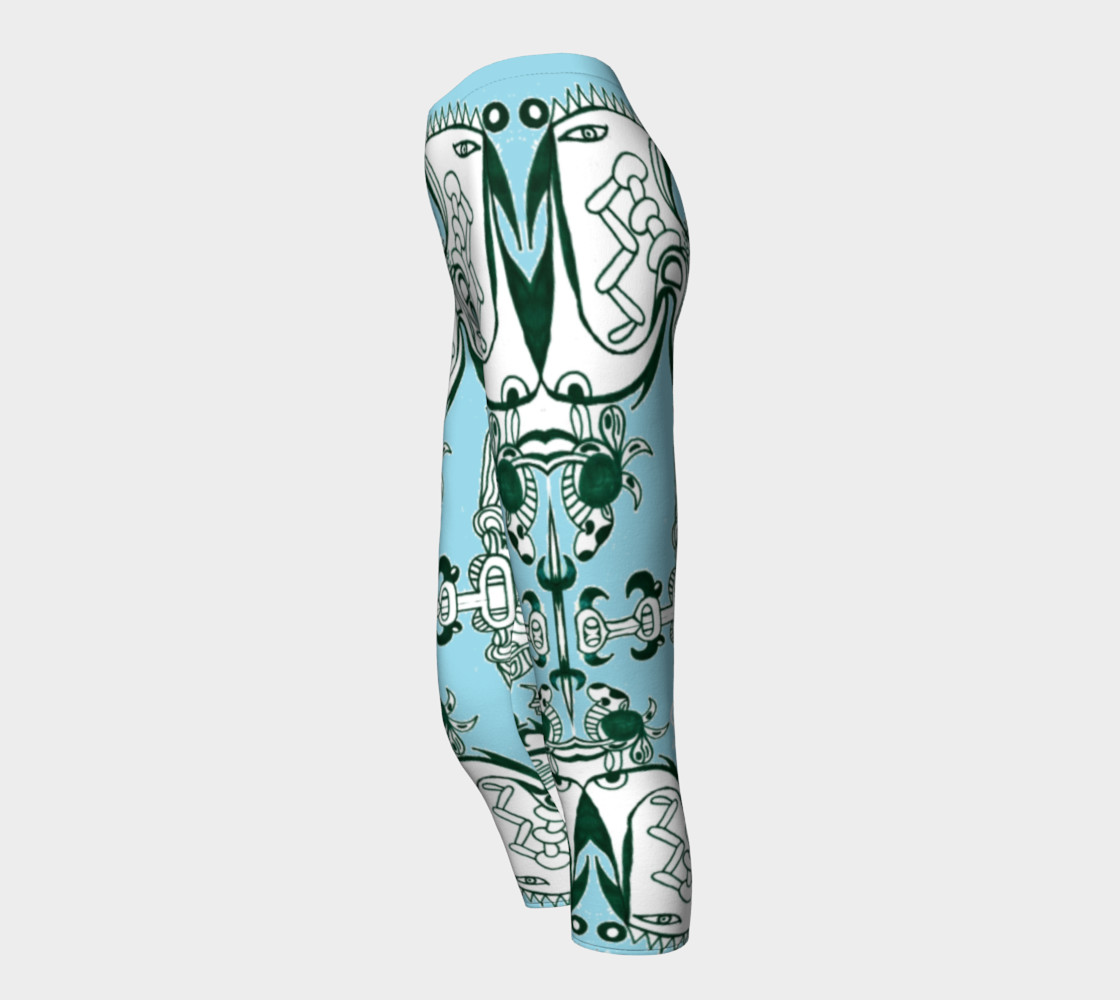

Compared to the original, the abbreviated model had a similar odds ratio (1.17 vs 1.07, both p-values < 0.001), c-statistic (0.747 vs 0.753), sensitivity (0.73 vs 0.76) and specificity (0.62 vs 0.61). Using a p-value cutoff of 2 h, transfusion, restricted mobility > 72 h, central venous catheter, current major surgery, age, history of VTE, hip or leg fracture, and serious trauma). Demographic and clinical data were analyzed to generate Caprini scores. We performed a retrospective review of trauma patients ≥ 18 years old and admitted for over 24 h at a Level I trauma center from January 1, 2018, to December 31, 2018. This study aimed to determine if an abbreviated model could perform similarly in VTE risk assessment. However, it is cumbersome with 31 variables and poses challenges with inter-rater reliability. The Caprini risk assessment model (RAM) is widely used to assess risk of venous thromboembolism (VTE).
CAPRINE DEFINITION TRIAL
The results of the trial will be disseminated through open access peer-reviewed journals and abstracts will be submitted to relevant national and international conferences. This study was approved by the Independent Ethics Committee of Xiangyang Central Hospital affiliated with Hubei University of Arts and Sciences and registered with the China Clinical Trials Registry in May 2021. Secondary outcome measures are the time to first bowel movement, the incidence of moderate to severe bloating, the incidence of bowel obstruction or venous thromboembolism, the incidence of adverse events (nausea, vomiting, dizziness), patient satisfaction, sleep quality scores, patient compliance with activities, hospital costs and days in hospital.

The primary outcome measure is the time to first postoperative flatus. The fixed activity distance group adopts a fixed early postoperative ambulation distance to guide the patient’s activity, while the self-fatigue assessment group uses the Borg Exercise Scale to assess the patient’s fatigue and stops activity when the fatigue level reaches 5–6. Five hundred and fifty-two patients who meet the inclusion criteria for gynaecological oncology surgery are randomly assigned in a 1:1 ratio to either a self-fatigue assessment group (study group) or a fixed activity distance assessment group (control group). This is a single-centre, randomised, open, parallel-controlled trial. This study aims to assess the effectiveness and safety of the self-fatigue assessment method to guide patients’ early postoperative ambulation. Enhanced recovery after surgery (ERAS) guidelines strongly recommends that patients be in early postoperative ambulation within 24 hours.


 0 kommentar(er)
0 kommentar(er)
